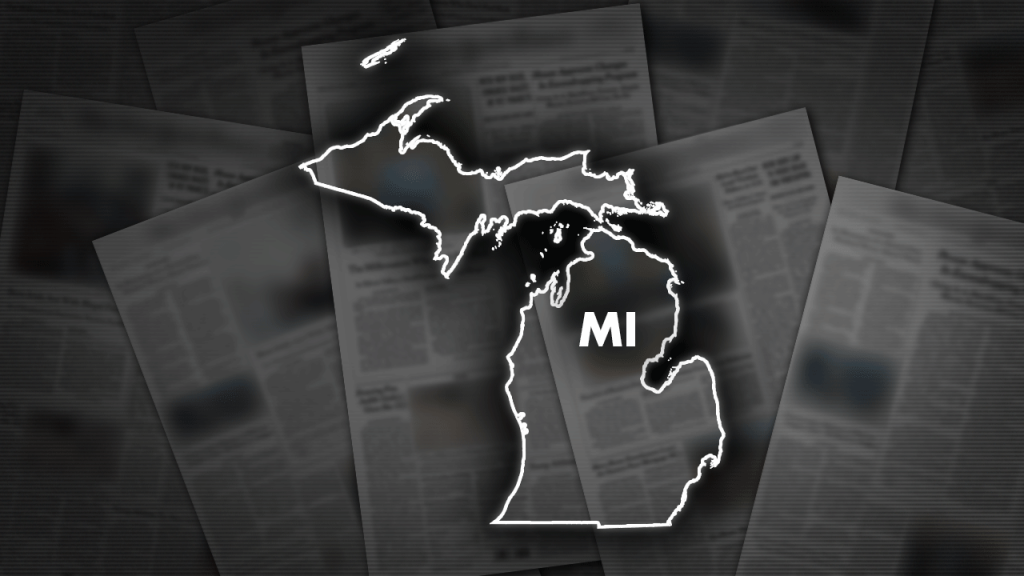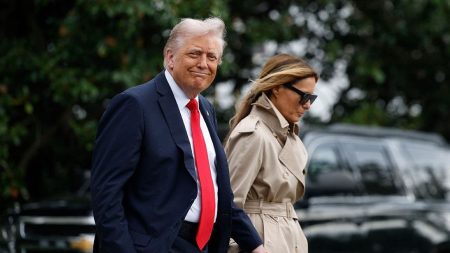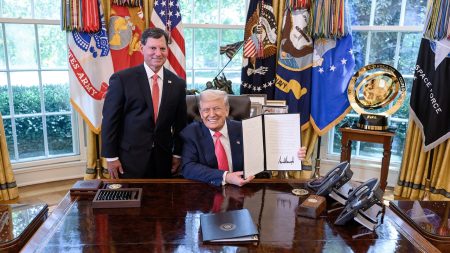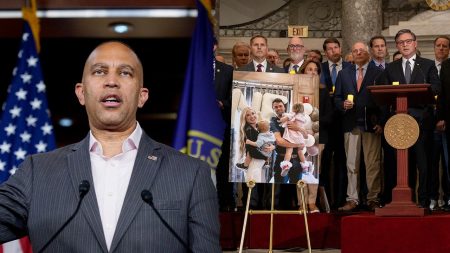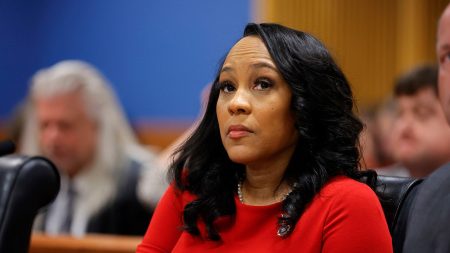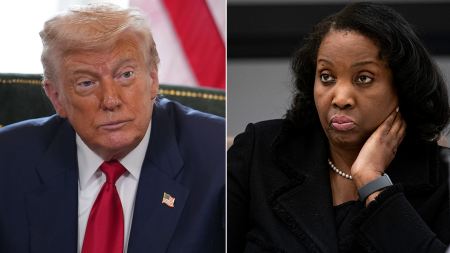The Michigan Supreme Court recently ruled in favor of a local government in a case involving the use of a drone to take pictures of a rural salvage yard without permission. The court unanimously rejected the argument made by Todd and Heather Maxon, who claimed that the aerial photos violated their right to not have unreasonable searches. The court stated that the dispute over excessive junk on the property was a civil matter and not a criminal case, therefore the so-called exclusionary rule did not apply. In a 7-0 opinion, the court did not address whether the use of an aerial drone in this case constituted an unreasonable search under the United States or Michigan Constitutions.
The township in northern Michigan sent a drone over the Maxon’s property in 2017 and 2018 after neighbors raised concerns about the number of cars and other items being stored on the land. The township alleged that the property was being turned into a salvage yard, which violated a previous lawsuit settlement. The court explained that without the photos and videos obtained from the drone, the township would have difficulty ensuring that the Maxons complied with local zoning and nuisance ordinances. Justice Brian Zahra wrote the decision for the court, emphasizing the importance of the evidence gathered by the drone in this civil matter.
Various groups, both liberal and conservative, closely monitored this case and even joined forces to urge the court to dismiss the evidence obtained by the township. Organizations such as the American Civil Liberties Union of Michigan, the Mackinac Center for Public Policy, the Cato Institute, and the Rutherford Institute filed briefs in support of the Maxons, arguing that the use of the drone constituted an unreasonable search. On the other hand, the Michigan Townships Association and Michigan Municipal League backed the township in its efforts to enforce local regulations. This case highlighted the complex intersection of privacy rights, property rights, and government authority in the context of emerging technologies like drones.
The ruling by the Michigan Supreme Court sets a precedent regarding the use of drones for surveillance purposes by local governments in civil matters. While the court did not explicitly declare the use of an aerial drone in this case as unconstitutional, it affirmed the importance of evidence obtained from such technology in enforcing local ordinances and regulations. The decision underscores the challenges and legal questions raised by the increasing use of drones for surveillance and monitoring purposes, particularly in rural areas where property disputes like this one may arise. It also illustrates the differing perspectives and interests of various organizations and groups when it comes to balancing privacy rights with government authority.
Overall, the Michigan Supreme Court’s decision in this case reinforces the importance of upholding local ordinances and regulations in the enforcement of property rights and zoning laws. The use of drones in this context, while controversial, proved to be crucial in collecting evidence and monitoring compliance with local regulations. The court’s ruling also demonstrates the need for further legal clarification on the use of aerial drones and other emerging technologies in civil matters, particularly when it comes to balancing individual privacy rights with the government’s need to enforce laws and regulations. This case serves as a reminder of the evolving landscape of privacy, property rights, and government authority in the digital age, and the ongoing debates surrounding the use of technology for surveillance and monitoring purposes.




